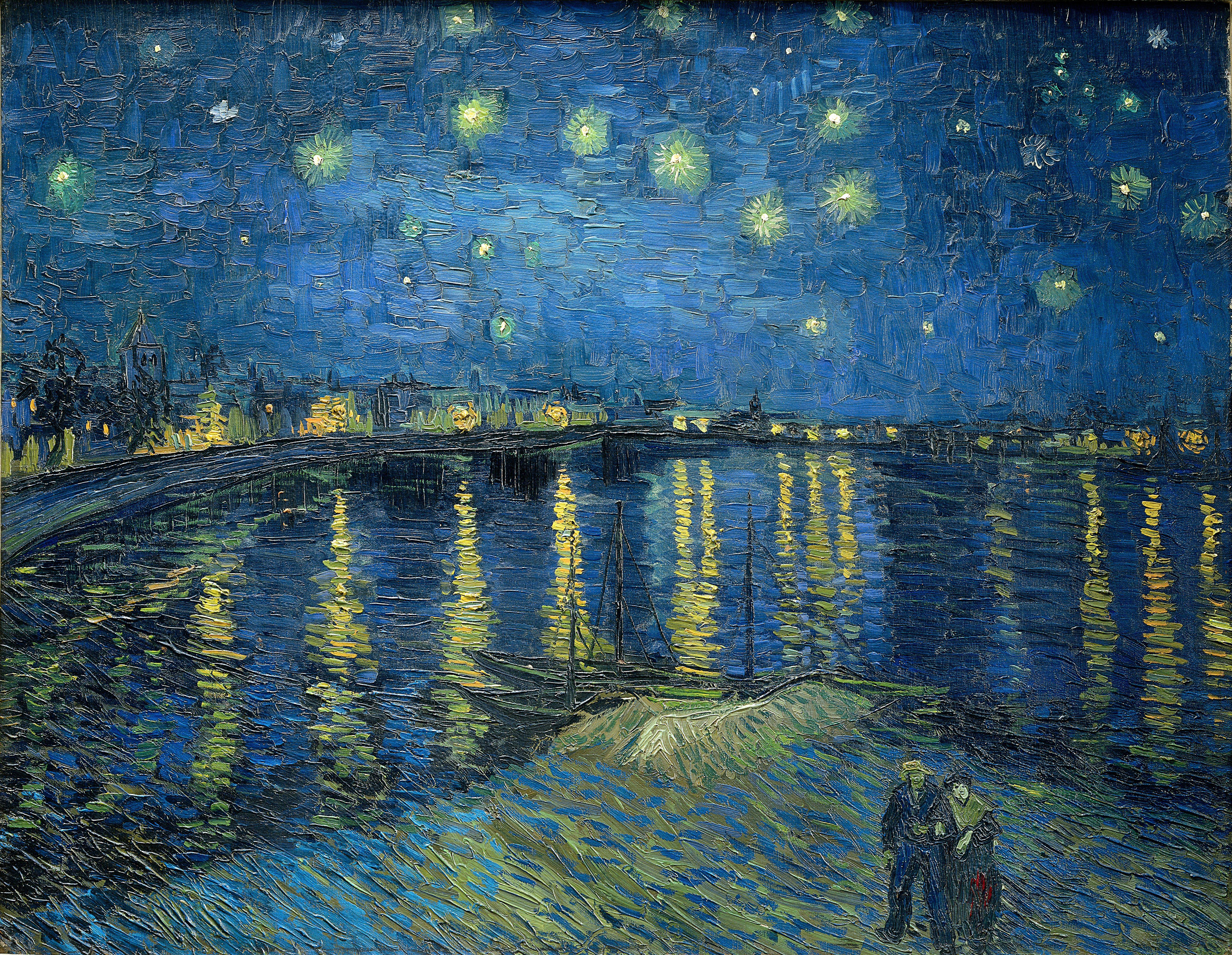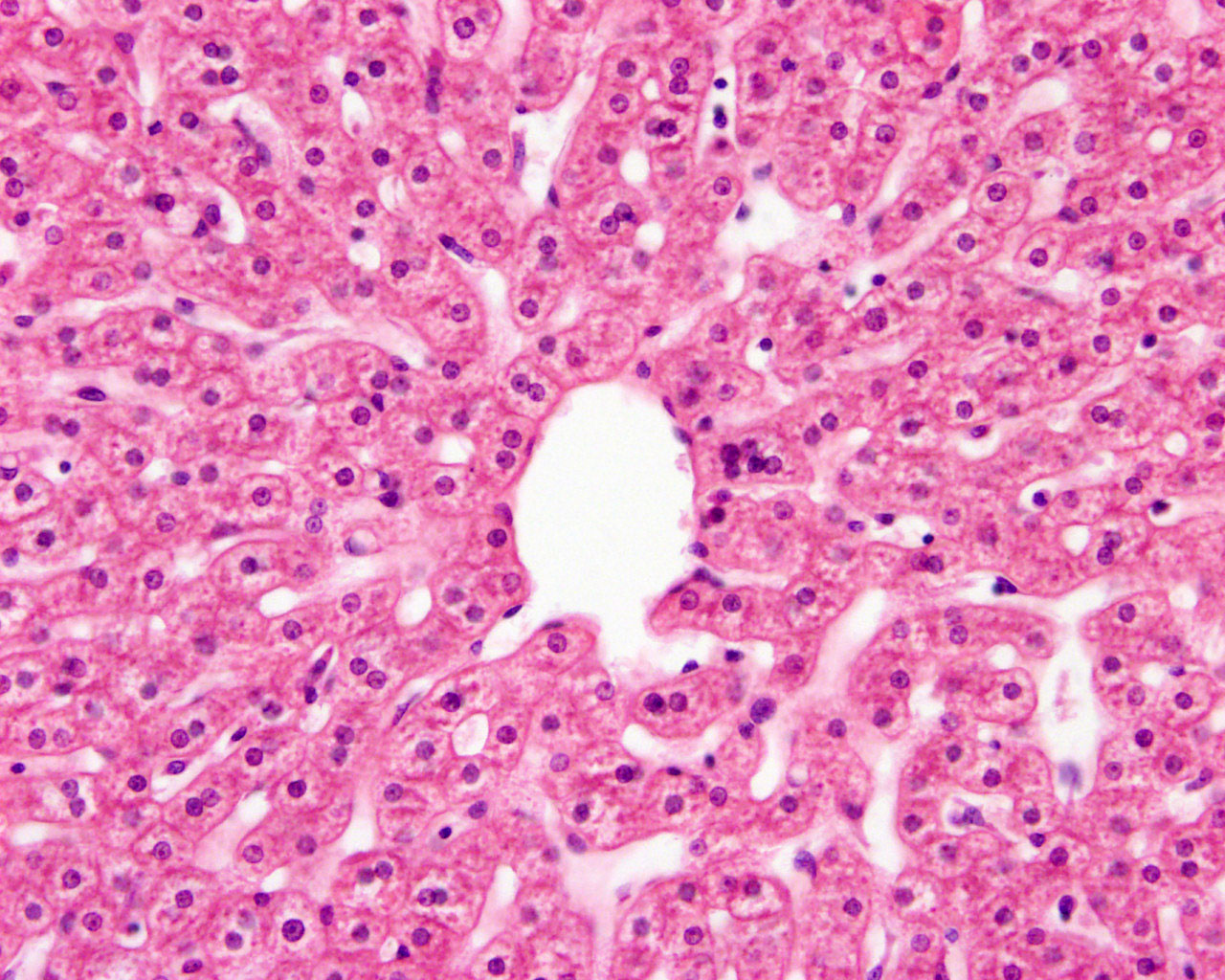- Cross sections of tissue mounted on slides
- 3D reconstructions of various structures
- 3D intact structures that have been made transparent to an extent and per-fused with a particular marker
- Images of tissues
The reason I am most looking forward to this class, is simply the beauty and artistry that I will get to see. Yes, the information I will learn is interesting and I am eager to learn it. But there is a quality to histology that is even more attractive to me - art. The beauty with which each structure is created is unique and similar to many styles of art.
| Renal Medulla - 1 |
| Camille Monet and a Child in the Artist' Garden in Argenteuil - 4 |
 |
| Starry Night over the Rhone - 5 |
| Dreamtime Sisters - 6 |
Another Reason I appreciate Histology as a type of art - is because the slides themselves have qualities that, if described with terms typically applied to art, make them a type of art. One of my favorite TV shows is NCIS. A character on the show (Abbey) has decorated her office with images taken with different lab techniques. The images themselves are visual data that she had used to solve cases in the past, but they are also beautiful in their own right. Similarly - slides of tissue can be as well.
 |
| Central Vein of Liver - 2 |
| Brain (Cerebellum) - 3 |
The body is a complex thing of machinery, a powerful computer, an organism. These are all ideas that have been used to describe the body in the past and influence the way we think about the body. Whether it be human, mamal, reptile, or mullusc. I would like to present another lense through which to view cells, tissues, organs, and organisms as a whole. As beautiful pieces of art. Because they are complex and beautiful, no one can deny that.
References:
- http://www.siumed.edu/~dking2/crr/RN021b.htm
- https://embryology.med.unsw.edu.au/embryology/index.php?title=File:Liver_histology_101.jpg
- http://www.sporcle.com/games/sbme/histology-slideshow
- http://www.wikiart.org/en/claude-monet/madame-monet-and-child
- https://en.wikipedia.org/wiki/The_Starry_Night
- http://www.aboriginalartstore.com.au/artists/colleen-wallace-nungari/dreamtime-sisters-191/
No comments:
Post a Comment